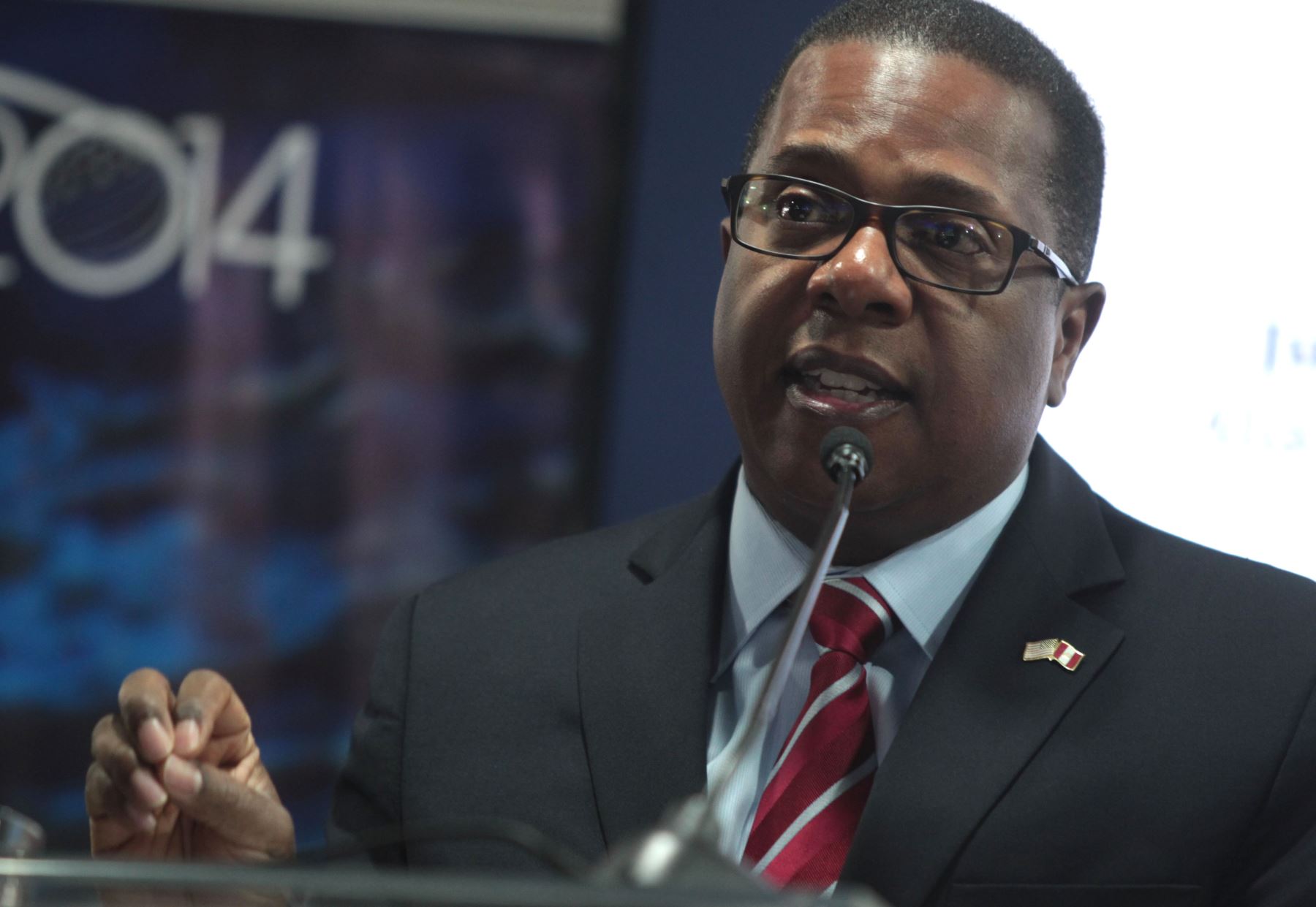Brian Nichols’ Background and Early Life
/GettyImages-52379950-594c0a6e3df78cae810901b9.jpg)
Brian Nichols, the perpetrator of the 2005 Atlanta courthouse shooting, had a life that was marked by both challenges and moments of promise. Understanding his background and early life provides valuable context for the tragic events that unfolded.
Early Life and Upbringing
Brian Nichols was born in 1973 and grew up in Atlanta, Georgia. His childhood was marked by a turbulent family environment. His parents divorced when he was young, and he experienced significant instability in his early years. This instability contributed to a sense of detachment and a lack of strong familial support that would later manifest in his struggles with the law.
Education and Professional Background
Nichols attended high school in Atlanta, but his academic record was uneven. He dropped out before graduating, indicating a lack of focus and direction in his formative years. Following his departure from high school, Nichols engaged in various odd jobs, struggling to find stability and a sense of purpose in his professional life.
Personal Life and Challenges
Brian Nichols’ personal life was characterized by a series of struggles. He had a history of run-ins with the law, facing charges for assault, theft, and drug possession. This pattern of criminal behavior reflected a deep-seated sense of frustration and a lack of direction in his life. He also experienced difficulties in maintaining stable relationships, further isolating him from the support of others.
The Events of March 11, 2005: Brian Nichols

The day of March 11, 2005, marked a tragic turning point in the life of Brian Nichols and the city of Atlanta. This day saw a series of events that unfolded in a courtroom, a courthouse, and across the city, leaving a trail of devastation and fear in its wake.
Nichols’ Arrest and Escape
On this day, Nichols was scheduled to appear in court for a hearing related to a rape and kidnapping charge. He had been arrested the previous year, in 2004, and was awaiting trial. During the hearing, Nichols managed to overpower a deputy sheriff, take his gun, and escape from the courtroom.
The Shootings
Following his escape, Nichols embarked on a violent rampage. He shot and killed three people:
- Judge Rowland Barnes: Barnes was presiding over the hearing when Nichols attacked. He was shot and killed in the courtroom.
- Julie Ann Brandau: Brandau was a court reporter who was also present in the courtroom. She was shot and killed by Nichols as he made his escape.
- Cynthia Hall: Hall was a probation officer who was working at the courthouse. Nichols shot and killed her in the courthouse parking lot.
Nichols also shot and wounded a fourth person, a deputy sheriff, during his escape.
Motives Behind the Violence
The motives behind Nichols’ violence remain unclear. Some reports suggest that he was motivated by anger and frustration over the legal proceedings against him. Others suggest that he was driven by a desire to escape from the justice system. Regardless of the reasons, Nichols’ actions resulted in a senseless loss of life and caused widespread fear and panic in Atlanta.
Legal Proceedings, Brian nichols
Following the shootings, a massive manhunt was launched for Nichols. He was eventually apprehended after a four-day standoff with police. He was charged with murder, aggravated assault, and escape.
- Trial: Nichols was tried in 2006 and found guilty on all charges.
- Sentencing: He was sentenced to death for the murders of Judge Barnes, Brandau, and Hall.
The trial and sentencing of Nichols brought closure to the case but did little to ease the pain and suffering of the victims’ families and the community.
Aftermath and Impact

The events of March 11, 2005, left an indelible mark on Atlanta and beyond, prompting widespread societal repercussions, legal challenges, and lasting impacts on the victims and their families.
Public Reactions and Media Coverage
The escape of Brian Nichols and the subsequent manhunt gripped the nation, sparking intense public reactions and media coverage. News outlets relentlessly followed the unfolding events, broadcasting live updates and analysis, keeping the public informed and captivated. The incident fueled public discourse on gun control, criminal justice, and law enforcement procedures.
Impact on Victims and Families
The victims and their families endured unimaginable trauma, facing physical injuries, emotional distress, and a profound sense of vulnerability. The experience left lasting scars, requiring extensive medical care, psychological counseling, and support from family, friends, and the community.
Legal and Social Implications of the Escape and Manhunt
The escape of Brian Nichols and the ensuing manhunt raised significant legal and social implications. Law enforcement agencies faced intense scrutiny over the security lapses that allowed Nichols to escape, leading to investigations and reforms within the criminal justice system. The incident highlighted the challenges of managing high-risk inmates, the importance of secure facilities, and the need for improved communication and coordination between law enforcement agencies.
Brian Nichols, a prominent figure in the world of finance, has always been keenly interested in the intricacies of the stock market. His attention has often been drawn to the performance of companies like Starbucks, whose stock, known as sbux stock , has consistently reflected the company’s strong financial performance.
Nichols’ insights into the dynamics of the stock market have made him a respected voice in the industry, and his analysis of companies like Starbucks is widely followed by investors.
Brian Nichols, a seasoned executive with a proven track record in the consumer goods industry, has held leadership positions at various companies. His experience spans across diverse roles, from marketing and sales to operations and strategy. Notably, he has also served as the Chief Operating Officer (COO) of Starbucks , where he played a crucial role in shaping the company’s global growth strategy.
This experience has undoubtedly honed his leadership skills and provided valuable insights into the intricacies of managing a large-scale retail organization, making him a highly sought-after executive in the business world.
